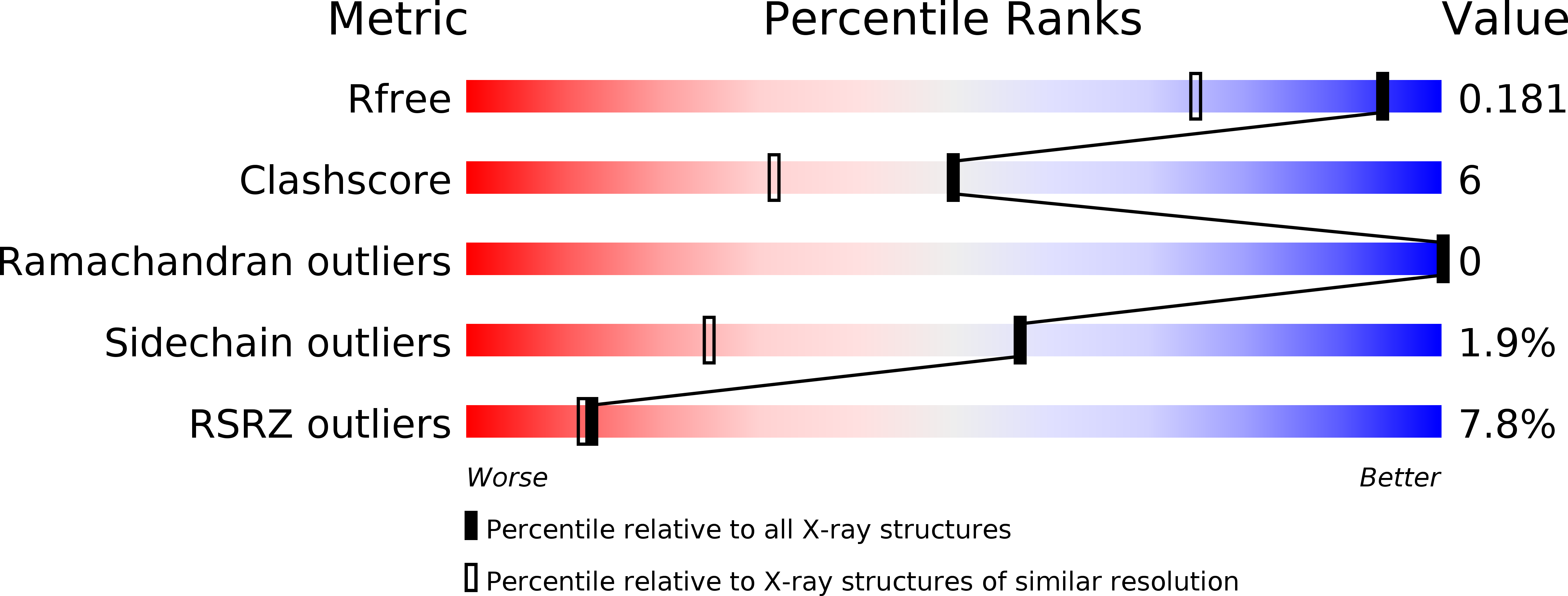
Deposition Date
2019-02-26
Release Date
2019-12-04
Last Version Date
2024-11-06
Entry Detail
PDB ID:
6O3D
Keywords:
Title:
Crystal structure of the unbound Fab fragment of the human HIV-1 neutralizing antibody PGZL1.
Biological Source:
Source Organism:
Homo sapiens (Taxon ID: 9606)
Host Organism:
Method Details:
Experimental Method:
Resolution:
1.40 Å
R-Value Free:
0.18
R-Value Work:
0.14
R-Value Observed:
0.14
Space Group:
C 1 2 1


